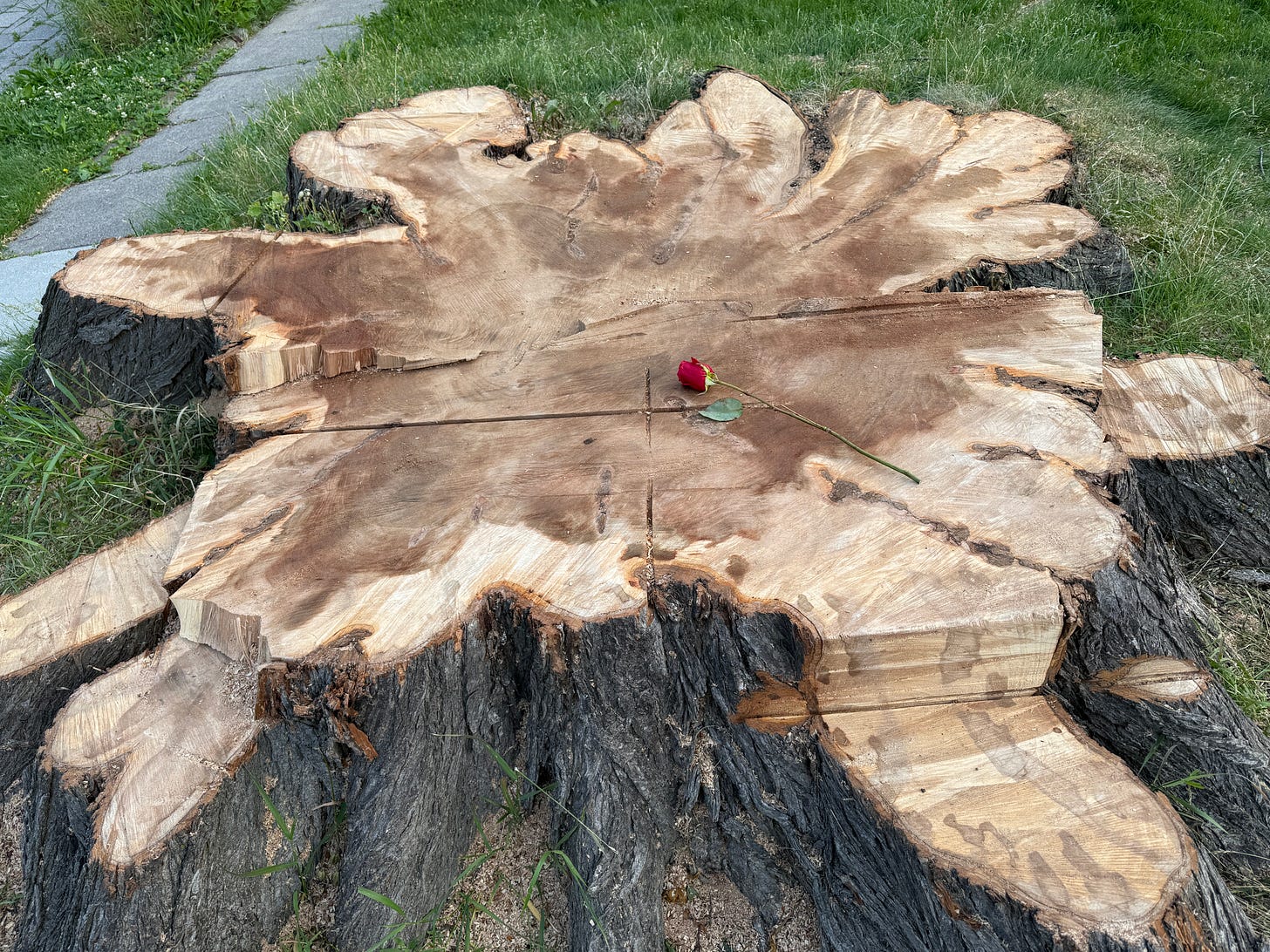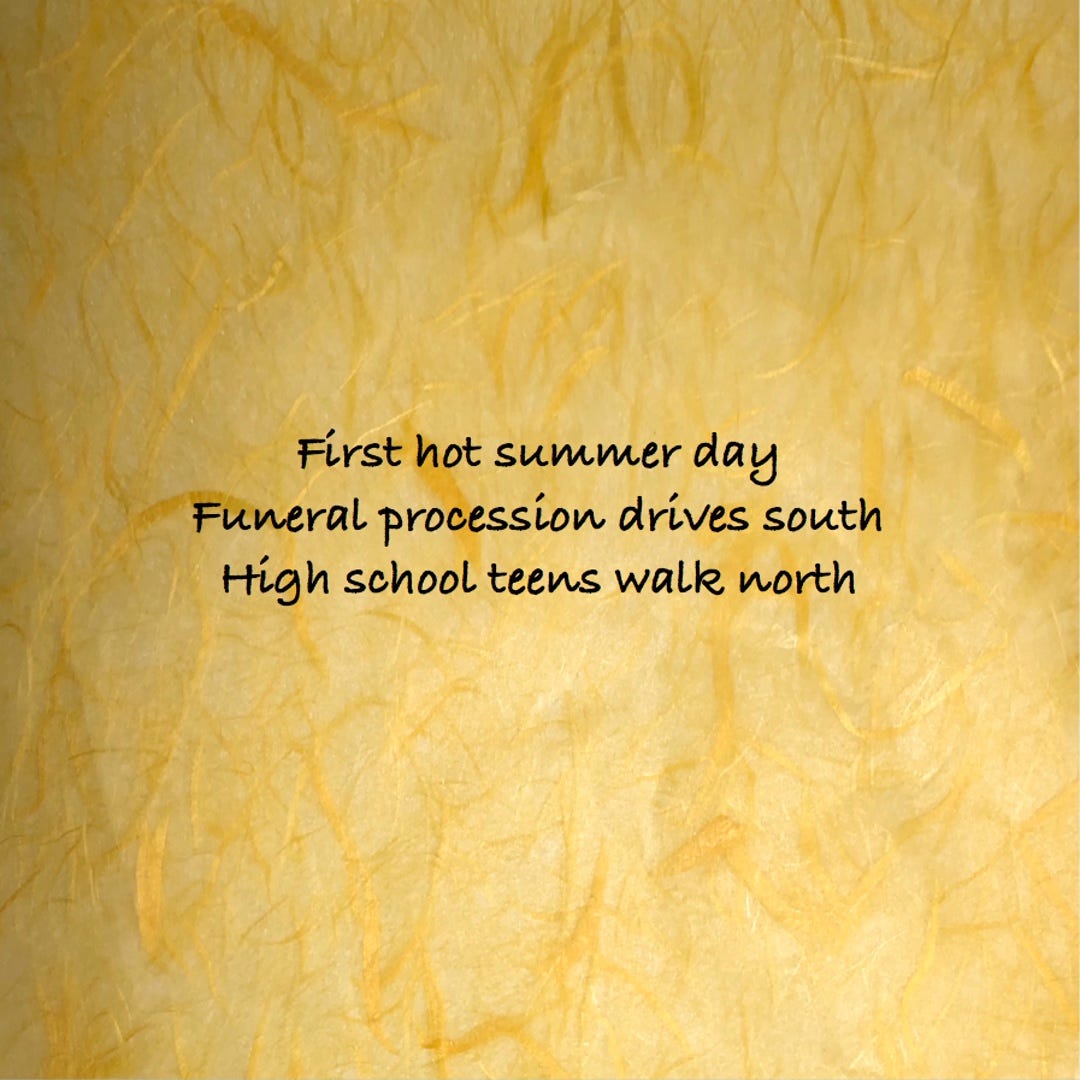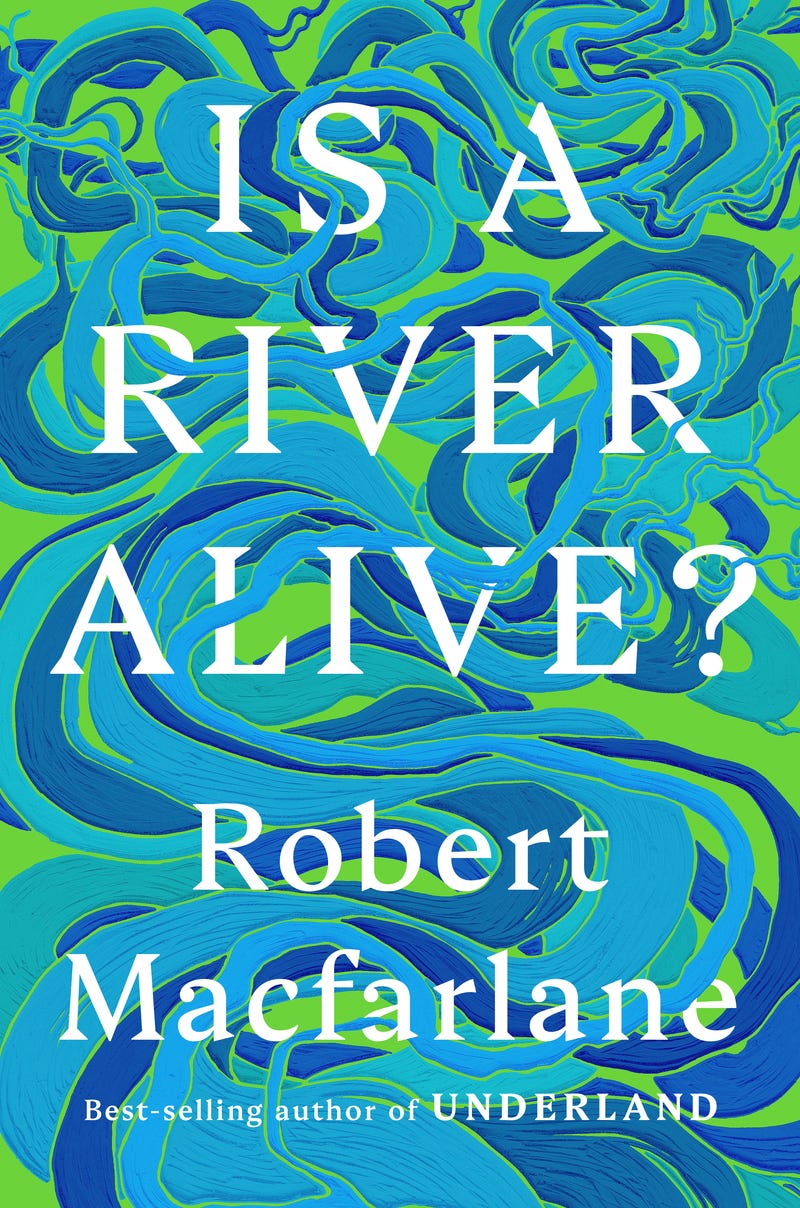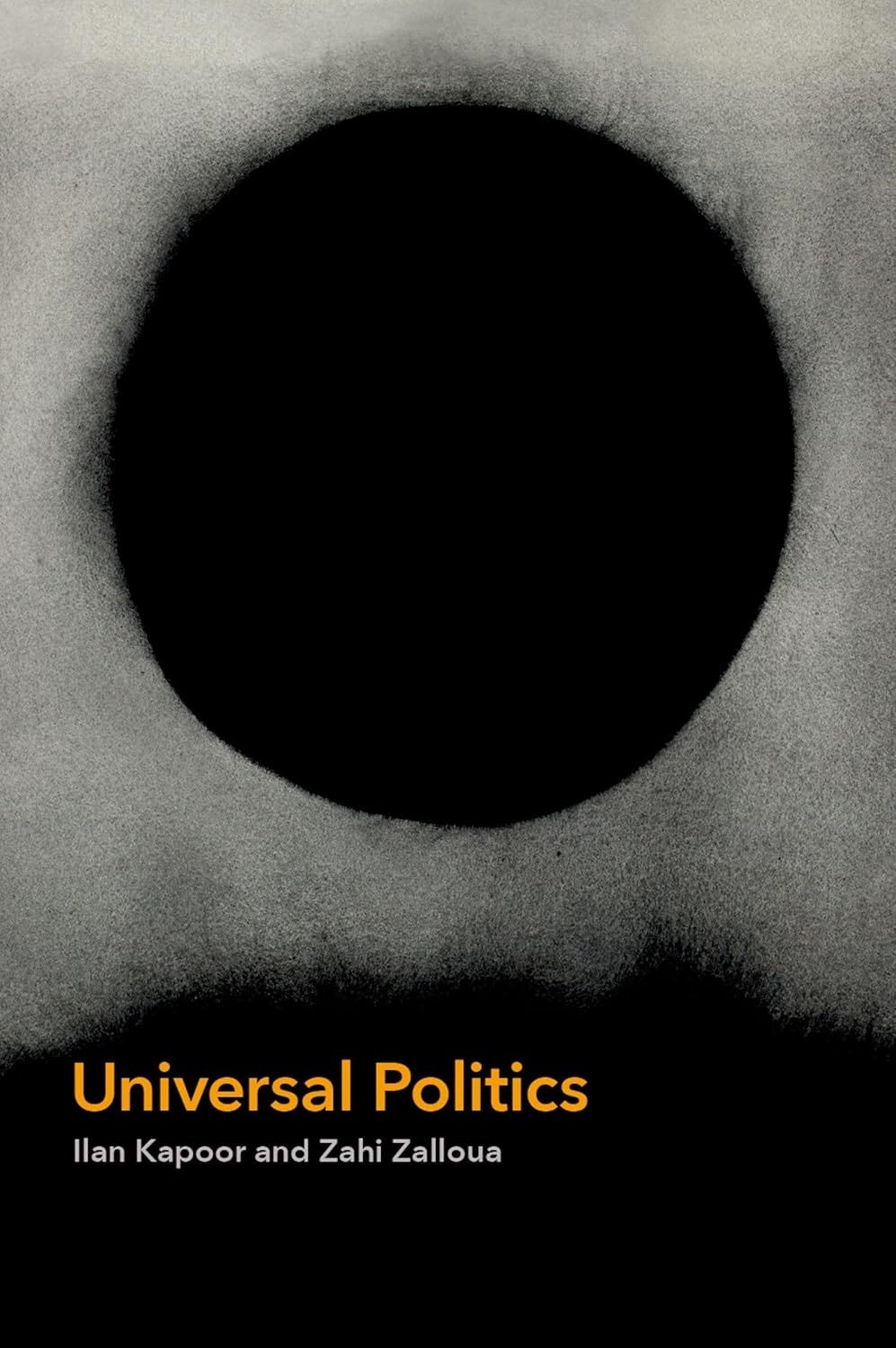Poetry on Sundays (61)
From the week of June 27, 2022 and some of what i've been reading this week

What I’ve Been Reading this Week
While I have always been a voracious reader (ever since discovering at 10 years-old that I could travel to other ‘worlds’ simply by reading) my reading these days perhaps qualifies as excessive given that I am writing a dissertation. But, like three balanced meals-a-day, I require daily balanced literary nourishment. This includes too many e-newsletters and Substacks, probably too many comics. And also the wonderful repasts of prose and poetry. So here’s a few of what i’ve been munching on this past week.
I learned of Robert Macfarlane’s writing over a dozen years ago. Rob Nixon, having just written Slow Violence and the Environmentalism of the Poor (Harvard Univ. Press, 2011) came to York University to give a talk. Over lunch, while I was probably fanboying about his book, he recommended Macfarlane’s work. I read The Old Ways: A Journey on Foot (Penguin, 2013) that weekend, posted several quotes on social media, recommended the book to several friends and colleagues, bought a copy for my dad, and promptly put on hold every Macfarlane book I could find in the Toronto Public Library. In The Old Ways Macfarlane recounts his walking travels along ancient paths in England and Scotland.
“I have long been fascinated by how people understand themselves using landscape, by the topographies of self we carry within us and by the maps we make with which to navigate these interior terrains. We think in metaphors drawn from place and sometimes those metaphors do not only adorn our thought, but actively produce it. Landscape, to borrow George Eliot’s phrase, can ‘enlarge the imagined range for self to move in’.” (p. 26)
These words echoed the feelings I had in reading Hugh Brody’s Maps and Dreams, Loren Eiseley’s The Star Thrower, Barry Lopez’s Arctic Dreams, and many other works of so-called “travel writing” or “nature writing.” I realize as I write this that having spent my teen years immersed almost exclusively in the fictional geographies of science-fiction and fantasy writing, it was only in my twenties that I turned to those works that reveal the phenomenal world - a lot of poetry, of course. Also, as I site three men in praise of a fourth, I can’t help but wonder about where the women are. The first that leaps to mind is Ursula K. Le Guin, who happens to be well-loved by Macfarlane. And, indeed, Le Guin’s work is at the root of my learning to see the world as interconnected. Reading and re-reading her Wizard of Earthsea books were a lesson in how to “resubjectivize” the world (about which she speak later in her life). Her short story, “The Word for World is Forest” shattered me. The Dispossessed remains one of my favourite novels. And her post-apocalyptic/utopian Always Coming Home is a book I revisit many times a year. I am further reminded of the profound influence on how I see the world of Rachel Carson (her Silent Spring, of course, but whose The Sea Around Us is my favourite), Annie Dillard (her Teaching a Stone to Talk was a revelation). And, more recently, I learned of the work of Lauret Savoy whose Trace: Memory, History, Race, and the American Landscape (Counterpoint Press) I made a required reading for an environmental philosophy course I taught seven years ago and which also included Macfarlane’s Landmarks. And it was in Landmarks that I learned about Nan Shepherd and her remarkable book The Living Mountain which I have now re-read at least five times.
Finally, while I have not had much to say about Is a River Alive? (on account of just beginning it this week), I have listened to David Naimon’s Between the Covers interview with Robert Macfarlane and it is outstanding. Naimon redefines what it means to prepare for and to conduct an interview. All of his interviews move me and reveal new avenues of meaning and contemplation (as well as lengthen my to-be-read list). His dialogue (for ‘interview’ is simply too limiting a word) with Macfarlane is simply outstanding. I have just finished listening to it this morning as I walked Layla (our wheaten terrier) around the neighbourhood including through a park, Christie Pits, which was once the riverbed of Garrison Creek which has long-been one of the many lost rivers of Toronto (Garrison Creek was buried and transformed into a storm sewer). As Layla’s paws and my shoes got soaked by the dew, i thought of the amazing cycle of water that flows around and through the world and our bodies and I thought of the buried river running under our feet and was sad. So, treat yourself to a listen: Between the Covers Podcast: Robert Macfarlane : Is a River Alive?
Denise Levertov is one of my favourite poets. I found almost all of her books at The Word Bookstore on Milton St. in Montreal in the late 70s and early 80s. Levertov’s free verse was a revelation and it opened up the world of poetry to me. I have never stopped reading and re-reading her work. Here’s one from her third book With Eyes at the Back of Our Heads (New Directions, 1959) about a flower that is a favourite of Taliesen’s and mine: Fritillary. It is a rare and quickly-gone spring blossom that is known by several names, one of which is the questionable “leper’s bells” based on the erroneous ideas that people with leprosy in medieval Europe were forced to wear bells to forewarn of their presence. When I mentioned this to Taliesen many years ago, he misheard my description as “Leopard’s Bells” which is what we call them today.
Fritillary
A chequered lily,
fritillary, named
for a dicebox, shall be
our emblemand the butterfly
so like it one would see
a loose petal blowing
if it flew over
where the flowers grew.A field flower
but rare, chequered dark and light,and its winged semblance
lapsing from sky to earth,fritillary, a chance word
speaking of glancing shadows, of
flying fluttering delights, to beour talisman in sorrow.
I’ve finally begun Stephen King’s Dark Tower opus about which i’ve known for many years but have put off diving in. At three times the length of The Lord of the Rings, it is, indeed, a project. I’ve never read much King. I recall reading The Shining when i was still a teen and was suitably impressed though it didn’t make me a fan (though I loved, and still do, Kubrick’s film which, apparently, King famously dislikes). But my respect for King (who I had assumed was simply a pulp writer of horror) has grown enormously. When I was given a publisher’s pre-print of On Writing: A Memoir of the Craft I was skeptical but curious. When I found myself alternately weeping and laughing I realized how monstrously I had misjudged King. He is one of the greats. I’ve still not read many of his novels though I have devoured his short stories. And when I read Fairy Tale a few years ago, my underestimation of King was punctuated. So, here I go… diving in… if i’m not heard from again, look for me in Midworld.
This one is for my dissertation. Co-written by a colleague and member of my PhD committee, Ilan Kapoor, I was stunned upon first reading it at how it addressed several of the most vexing contradictions of popular education in which I have been involved for over 45 years. Onesuch contradiction is that of the role and influence of so-called “identity politics” on social justice movements and popular education in particular. Ilan and Zahi make a case for what they term “negative universality” which is a concept I am still wrapping my head around. But I am persuaded that rather than the ‘positive’ nature of identity politics (i.e. the privileging of a shared subjectivity with which to organize our understanding of identity), the ‘negative’ universality of a “shared antagonism” is a more radical and promising approach to creating relationships of resistance (to injustice and oppression) and of solidarity.
One way I understand what Ilan and Zahi are getting at is described movingly by Isabella Hammad in her Afterword to her remarkable book Recognizing the Stranger: On Palestine and Narrative (Knopf, 2024) which I also recommend along with her interview on Between the Covers last September.
Someone once told me she had interviewed an elderly Palestinian woman during the second intifada as part of an oral history project about Palestinians in the diaspora. This particular woman, she said, pointed at another woman wailing in distress on the television screen in her living room in London and cried: ‘That’s me! That’s me!’ I found this story quite moving. Then I was told the woman’s name, and learned that it was my own grandmother. I suddenly laughed, because my grandmother is very dramatic. Reflecting on this now, however, I find myself moved once more. What a pure connection, to see herself in the woman on the television, to experience the distance between them not as numbing but as another component of her pain. The present onslaught leaves no space for mourning, since mourning requires an afterwards, but only for repeated shock and the ebb and flow of grief. We who are not there, witnessing from afar, in what ways are we mutilating ourselves when we dissociate to cope? To remain human at this juncture is to remain in agony. Let us remain there: it is the more honest place from which to speak.












